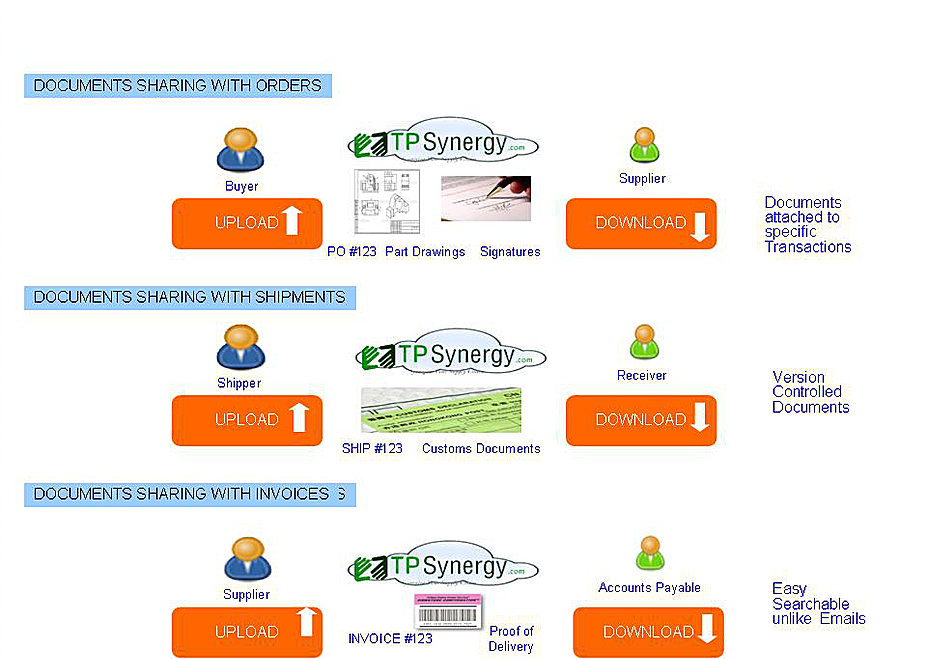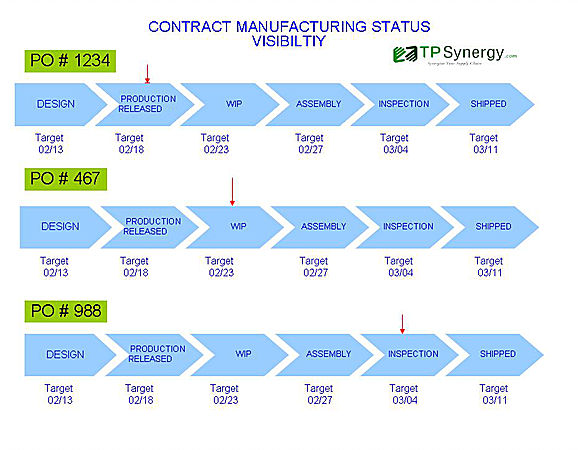How to Reduce Risk in Your Supply Chain – Step 2 – Mitigating
(This post is follow on to our previous blog on Supply Chain Risk Identification . You can read about it here: https://goo.gl/VqAbpj)
After you’ve identified all of the risk factors in your supply chain, the next step is to reduce it as much as possible. For obvious reasons, some risk factors are easier to manage than others. Some risk factors that you can manage are, but not limited to:
INVENTORY RISKS:
This is one of the easier risks to manage. Using a forecast based inventory system is, by definition, never going to match your demand. The most permanent system to reduce risk is a JIT, or Kanban system. Using this, inventory is only ordered when needed.
Use TPSynergy’s E-Kanban system to help you with this: https://www.tpsynergy.com/e-kanban
SUPPLY RISKS:
Risks involving suppliers are harder to predict yourself than inventory risks. Most problems they face may be internal or external, and it may be hard to prevent them. You can, however, choose a supplier you deem to be more reliable and trustworthy. This may include a supplier with a proven history of success, or someone that you may know personally. Whatever you decide, it’s important to monitor their performance, as you need to adapt to your changing demand.

POLITICAL RISKS:
As with the previous factor, these types of problems are difficult for you to prevent yourself, but unlike previously, they can be easier to predict. Geopolitical pressures and tensions usually don’t happen overnight, and are often very public. For instance, a vendor situated in Israel would be unwise to source all of their products from Palestine, a country which has know to have conflict with Israel.
FINANCIAL RISKS:
 While other problems can cause issues in your supply chain, financial concerns can stop it in its tracks. If you, for instance, can’t pay your suppliers, the entire chain has stopped. As such, preventing this is vital. Some preventative actions include responsible budgeting and emergency funds.
While other problems can cause issues in your supply chain, financial concerns can stop it in its tracks. If you, for instance, can’t pay your suppliers, the entire chain has stopped. As such, preventing this is vital. Some preventative actions include responsible budgeting and emergency funds.
OPERATIONAL RISKS:
Ironically, operational risks are both the closest to us and yet they’re the hardest to predict. IT issues like server crashes can happen suddenly and without warning, and are often difficult to fix. There also isn’t much you can do to prevent them, except to be vigilant and ready to step in if something happens.
In our next post, we’ll talk more about damage control in case you face these problems.




Leave a Reply